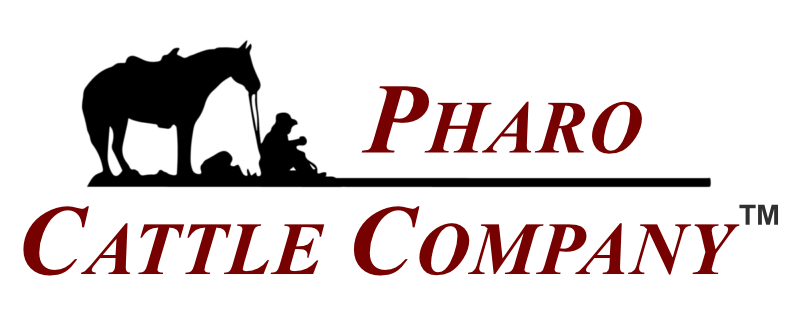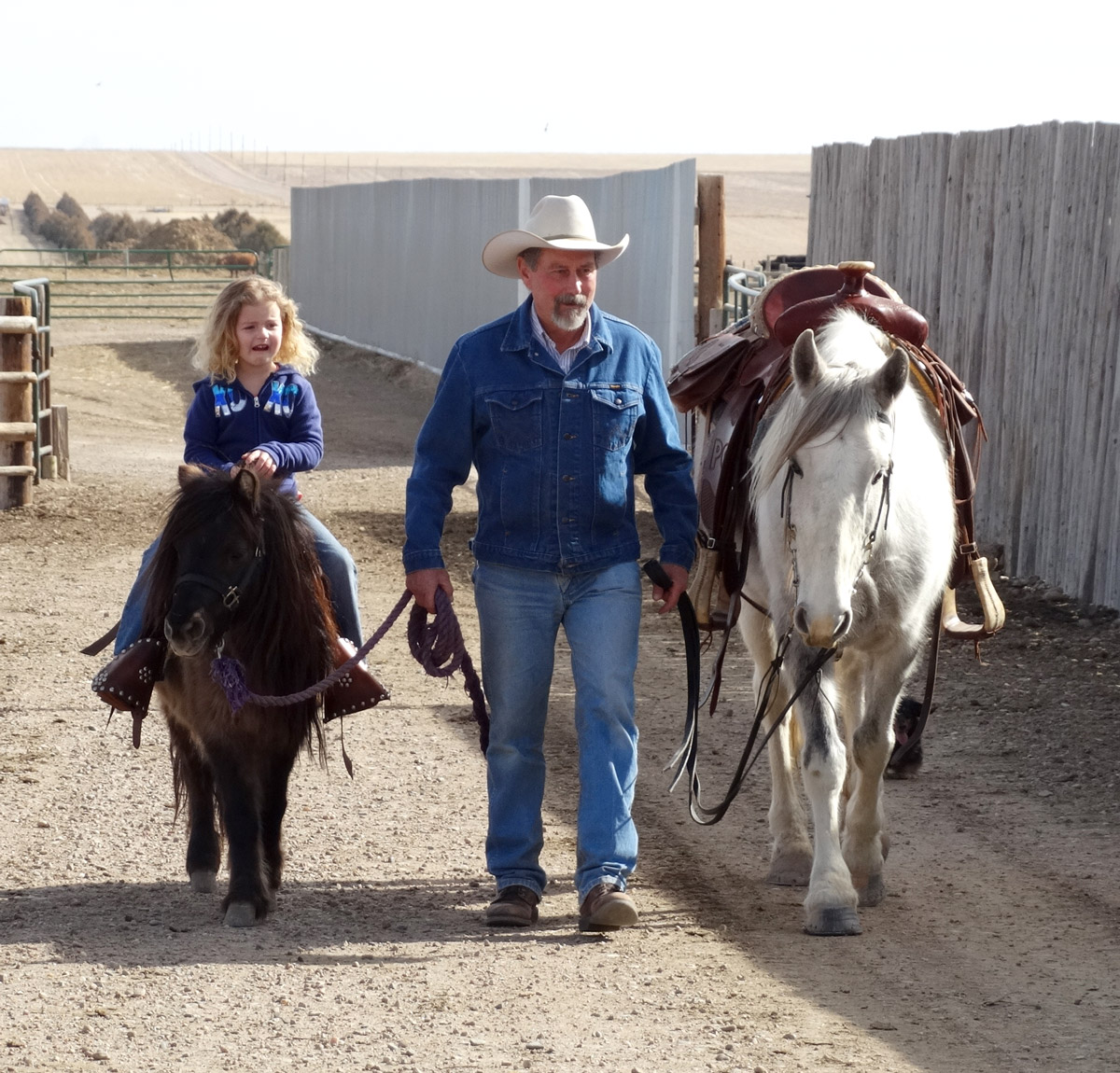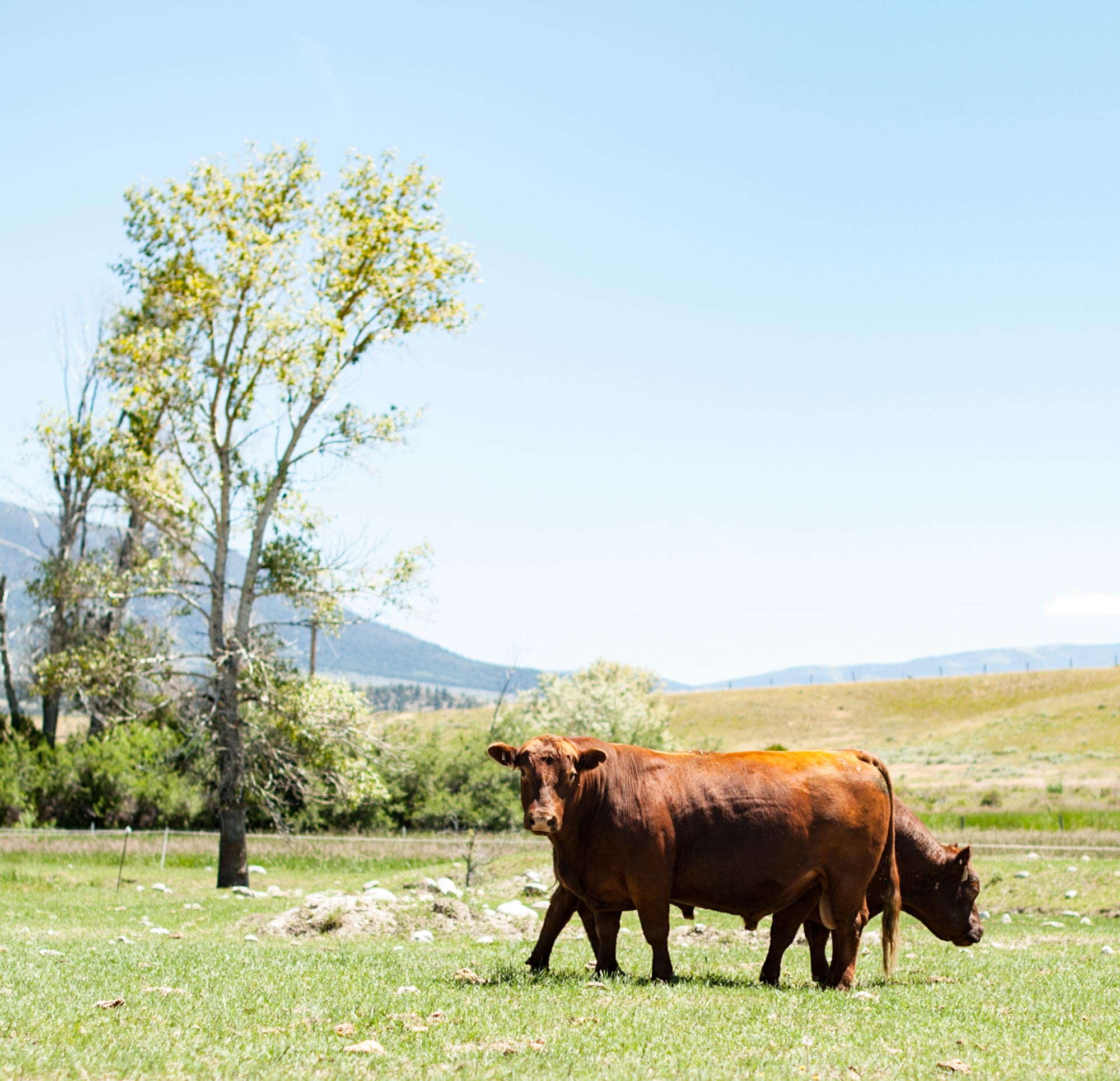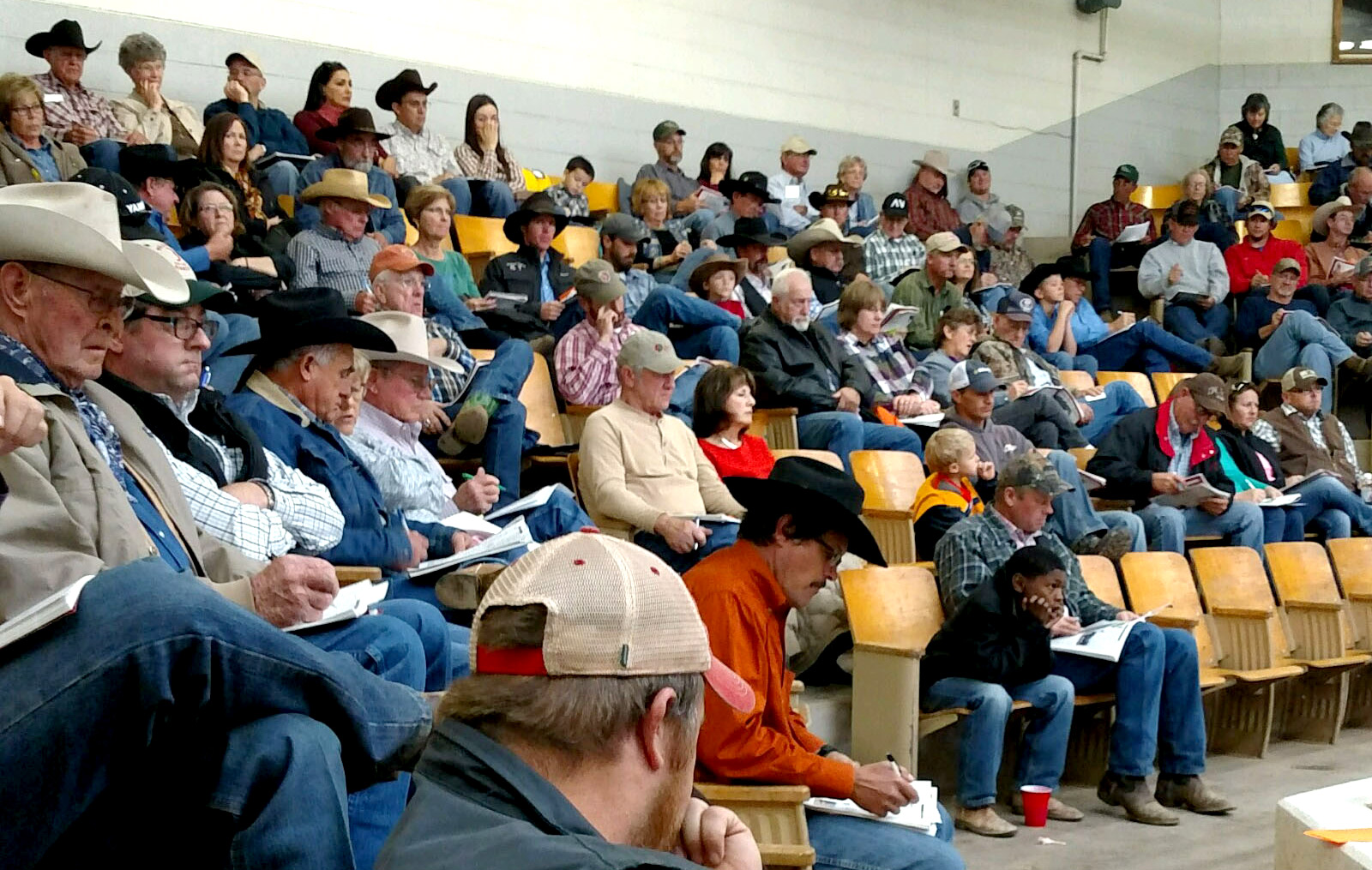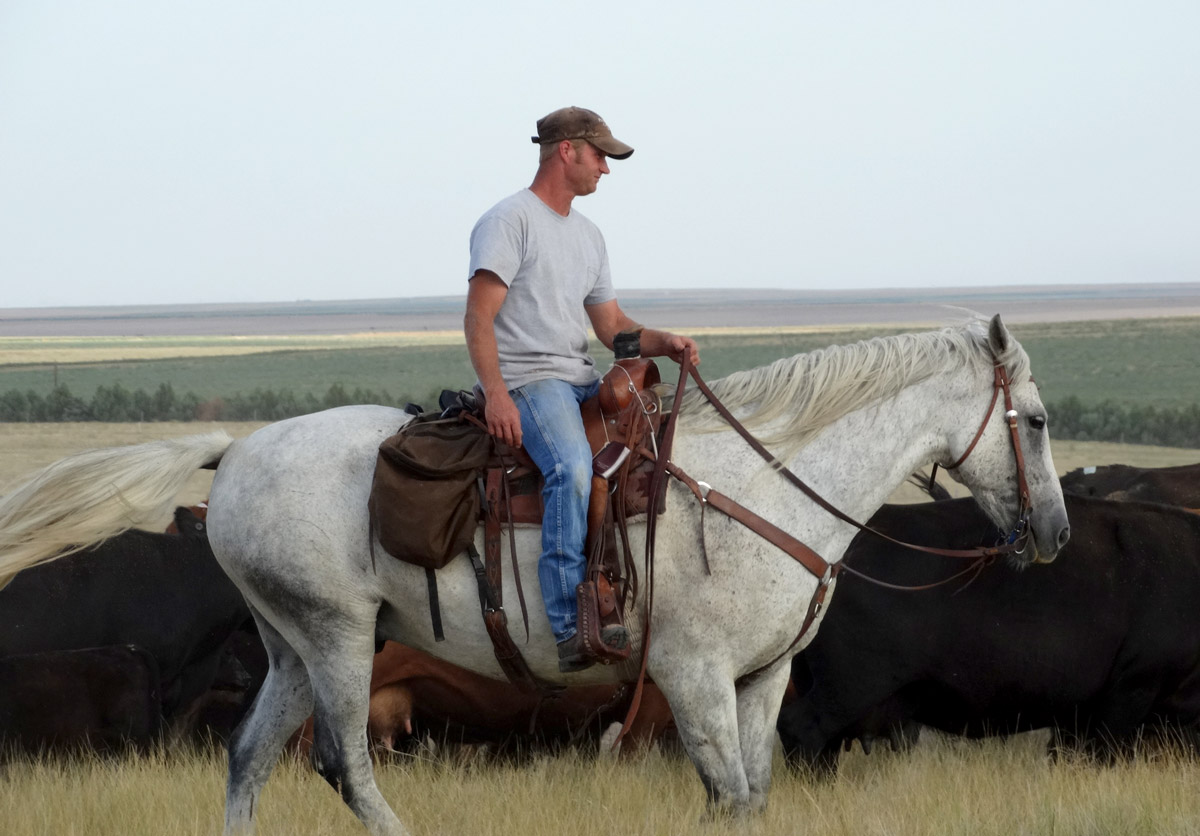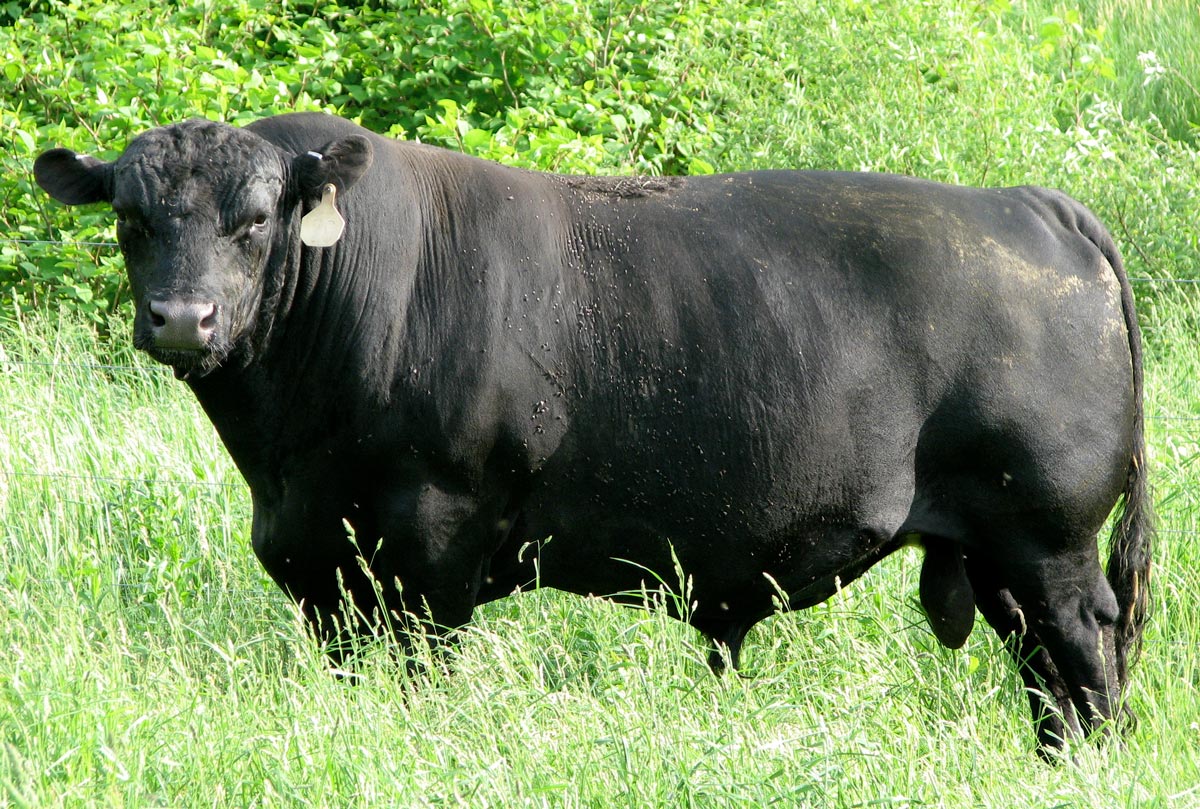Our History
Our History
Welcome to the central high plains of Eastern Colorado. This is short-grass country with very limited and unpredictable rainfall. Our annual precipitation on the ranch will average only 12 inches. (I’m convinced it must have been a wet spring when the homesteaders first started settling this area.) Deanna and I grew up in this area and went to school at a little town called Arapahoe, just southeast of where we currently live.
– Kit Pharo
Bulls Sold Per Year
Active PCC Subscribers
States with Cooperative Herds
Putting Down Roots
I attended Colorado State University, and after I graduated in 1974, Deanna and I were united in marriage. For the next four or five years I attempted to make a living as a full-time bull rider and a part-time feedlot cowboy. After God blessed us with two wonderful sons, Trapper and Tyson, my brain finally began to complete its development. In other words, I ended my rodeo career!
In 1985 we had an opportunity to get back to our old stomping grounds. We were able to lease a fairly sizeable chunk of grassland and purchase my dad’s commercial cowherd. This was a closed herd of red and black baldy cows with over 30 years of pedigree information and over 20 years of performance records.
Although this was a very functional cowherd, we wanted to make our own mark. We were going to show everyone how to wean bigger calves and succeed at ranching. But I soon learned that the more I increased my weaning weights, the harder it became to make a profit. With every increase in production we saw a corresponding increase in expenses. I had learned the crucial difference between pounds of production per animal and pounds of production per acre.
We became very passionate and excited about this new understanding. This prompted us to become acquainted with a few ranchers who seemed to be very profitable, even when most ranchers were losing money. I wanted to learn their secrets. The one thing these profitable ranchers seemed to have in common was the ability to keep their costs down by making the most efficient use of every drop of rain and ray of sunshine that fell on the their land. This involves three distinct management practices:
1. Utilizing a rotational grazing system, which provides time for the grass to rest and grow during the growing season.
2. Calving “in sync” with nature, which matches the cows’ highest nutritional requirements to the pastures’ highest and best production.
3. Producing metabolically-efficient, highly-fertile cows that can survive strictly on what the ranch produces with minimum or no inputs, while producing a calf that meets the requirements of the current beef industry.
Surprisingly, these common sense principles of profitability put us in the revolutionary camp. We (and others like us) were branded as rebels by the mainstream beef industry. Undeterred, we remained true to our principles and became thought leaders in the profitable ranching movement. Our philosophies have stood the test of time!
The biggest problem we encountered in the beginning was finding a seedstock producer who could provide the genetics we needed to produce efficient, environmentally-adapted cattle. For the most part, they did not exist. Every bull we purchased seemed to take us farther and farther away from our objectives.
Being an opportunist, I decided to take advantage of this situation by entering the seedstock business. In addition to the composite cattle we had formed by mating Dad’s red and black baldy cows to some thick, moderate-sized Tarentaise bulls, we began a diligent search for Red and Black Angus cattle that could survive and prosper in our program. Progress was slow at first, but it gradually gained momentum once we began using our own bulls back on our own cows.
We sold six bulls in our first production sale in 1991, and we haven’t slowed down since.
We currently sell over 900 bulls every year, and have over 26,000 active subscribers to our quarterly newsletter and weekly emails.
Demand for our genetics has been unbelievable, but it makes sense – you can’t find cattle like this anywhere else. Although many of our bulls will stay within thirty miles of where they were born, others have been shipped all over North America.
In the spring of 2000 Deanna and I met with our son, Tyson, to discuss the future of Pharo Cattle Company. Much to our delight, Tyson expressed a sincere interest in becoming a part of that future. With the expansion of our seedstock business, Deanna and I had become more and more confined to the office, so it made sense for us to turn over much of the day-to-day ranch management to our very capable son. What a joy it is to see the next generation working its way into the family business.
Although we started out as a very small “Mom and Pop” business, we have grown into something much bigger.
Pharo Cattle Company is much more than one ranch and one family.
We currently have cooperative herds in 12 different states – from Minnesota and Ohio to hot, humid fescue country in Missouri and Mississippi and all the way to the high-plains desert. We also have cooperative herds from the central plains of Texas all the way to the northern plains of Montana and North Dakota. We have proven that our philosophies and our genetics can increase profit per acre in nearly all environments.
The Pharo Cattle Company Philosophy
OPTIMUM SIZE is much more profitable than maximum size. POUNDS-PER-ACRE determines profit, not pounds-per-animal. In fact, PROFIT is the only thing we want to maximize!
Our Bull Sales
Our ranch-raised bulls represent our unique philosophy and breeding program. They have been carefully bred to meet the demands of the commercial cowman. We keep extensive records on our cattle and we follow a very strict selection and culling program that is based on facts and figures, as well as on frequent observations and evaluations.
